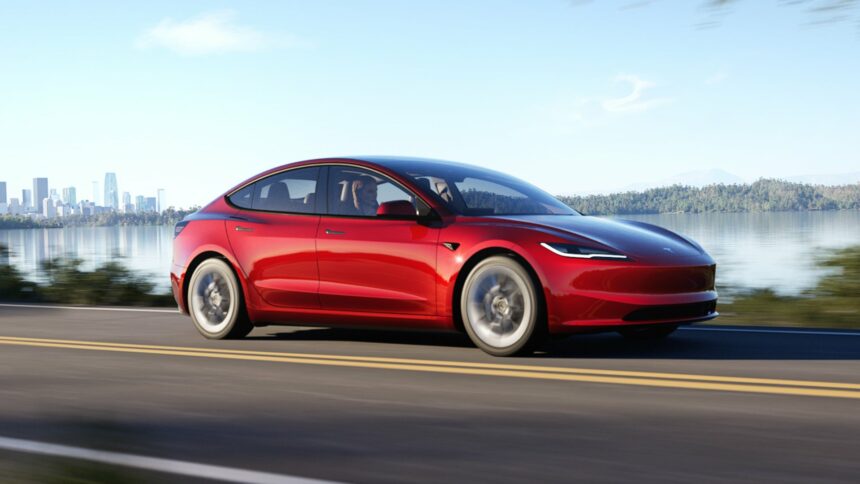Just hours after Elon Musk publicly refuted claims by Reuters about Tesla’s shift in focus from a $25,000 low-cost electric vehicle (EV) to concentrating on a robotaxi, the Tesla CEO took to X, the social media platform he owns, to announce a reveal event for the robotaxi scheduled for August 8.
This announcement emerges amid a period where Tesla’s EV sales have shown a decline and profits have dipped, prompting the company and its CEO to look for new products to rejuvenate sales or potentially enhance the company’s stock value.
Earlier that day, a report from Reuters, based on information from three unnamed sources and internal documents, indicated that Tesla was scrapping its plans for the lower-cost EV in favour of devoting resources to a robotaxi project. This robotaxi is reportedly being developed on the same small EV platform initially intended for the lower-cost vehicle. Musk challenged Reuters’ report on X, accusing them of falsehood without providing any counter-evidence or clarifying details. Later, Musk confirmed through a post on X that a “Tesla Robotaxi” would indeed be showcased on August 8.
For some time, there has been speculation that Tesla was developing both the affordable EV and the robotaxi. However, according to a biography of Musk by Walter Isaacson, the Tesla CEO has been ambivalent about committing to a standard car versus a fully autonomous vehicle without a steering wheel or pedals, especially given that Tesla has not yet achieved full autonomy in its vehicles.
Despite pushback from his engineers in mid-2022 about designing a vehicle with traditional controls, Musk continued to advocate for the robotaxi. Isaacson noted that Tesla’s lead designer Franz von Holzhausen and VP of Engineering Lars Moravy secretly maintained the development of the more conventional vehicle as a backup plan.

Musk has long been vocal about his ambition for autonomous Tesla vehicles, promising as early as 2016 that a Tesla would drive itself across the country by the end of 2017, a milestone that was not achieved. In 2019, he envisioned launching the first Tesla robotaxis as part of a larger autonomous ride-sharing network by 2020, a goal that also remained unfulfilled. More recently, he projected a robotaxi without a steering wheel or pedals to hit the market by 2024.
Tesla currently offers a driver-assistance system known as Autopilot as standard in its vehicles. For an extra $12,000, owners can upgrade to “full self-driving” (FSD), which Musk has claimed will eventually support complete autonomous driving. Despite these promises, Tesla vehicles remain non-autonomous, with FSD offering several automated driving features that still require the driver’s oversight, including the Summon parking feature and Navigate on Autopilot for highway driving.








